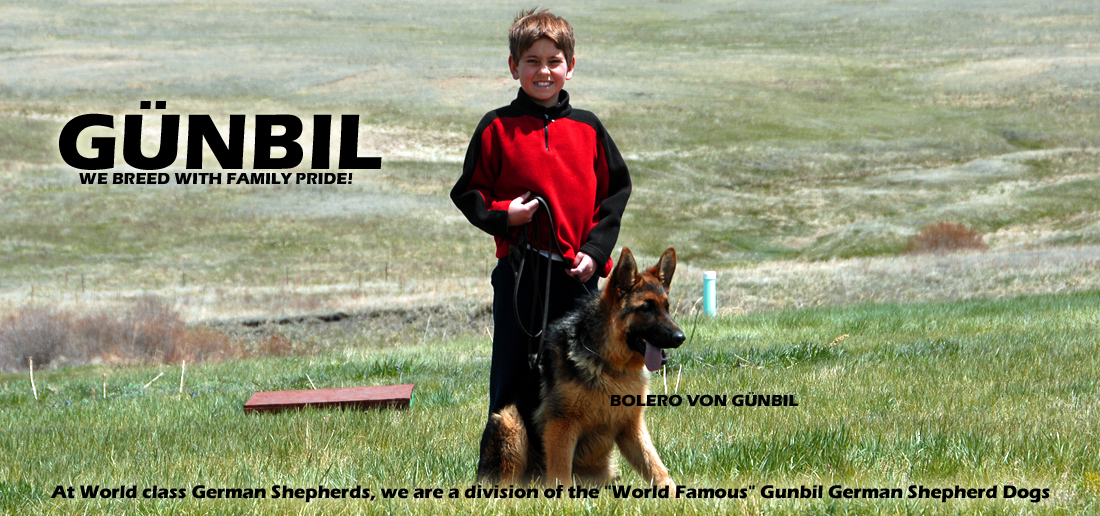
Safety Tips For Kids and Dogs

Always ask a dog's owner if you may pet the dog: Even a nice dog may try to protect himself with a growl and a nip at certain times. Biting is a dog's natural way of protecting himself. Since dogs sometimes see kids as equals, they may try to send them a warning, doggy-style, when things get tense.
Here's how to avoid misunderstandings with your own or anyone else's dog. Approach a dog from the front or side: Hold your hands low and speak softly. Surprising a dog from behind, forcing him into a corner, waving hands in the air or screaming may overexcite him, causing him to snap in fear or even in play.
Let a dog eat in peace: If there's one place a dog may get defensive, it's at the food dish. Your dog shouldn't growl when you get near his dish, but you shouldn't interfere with his eating. Watch out for special toys: Some dogs have powerful feelings for their balls or chew toys. Never take a bone or toy from a dog's mouth unless you have trained him to drop it and give it to you first.

Avoid teasing, rough wrestling, or tug-of-war games: Dogs may get too enthusiastic in these sorts of games and forget you're not a dog. Fetch, Frisbee, hide and seek, agility courses, and fly ball are better outlets for your dog's energy.
Respect a dog's space: Dogs naturally defend their territories. Sticking your hand inside a strange dog's pen or in a car window where a dog is sitting may put him in a defensive situation and he might bite to protect his territory.
Leave fighting dogs alone: Do not try to break up a dogfight! Most fights end quickly, but it's a good idea to remain quiet and get an adult who can stop the fight with a garden hose or lemon juice in a squirt bottle. Trying to separate or yelling at fighting dogs makes them more excited, and they might turn on you. Observe dog body language: Dogs normally resort to biting only when they think you haven't listened to their warnings. Watch out for a dog who is barking, growling, or showing his teeth.
Beware if his ears are back, legs, stiff, tail up, or hair standing up on his back. Slowly walk away and say "No" firmly, arms by your side. Do not scream, stare into his eyes, or run away. If you run, he will chase you and may attack.
Tell your friends what you know: When friends come to your house, introduce them to your dog and explain the house rules. When you're out, share your knowledge. The more everyone knows about dogs, the better world it will be for dogs and people.

Most dogs, even those that are well-trained, do not consider children as figures of authority. Furthermore, since children frequently stare intently at animals, a dog may feel threatened by this short person who is trying to catch him. Even the best-natured dog may bite to protect himself in these circumstances, especially if he feels cornered.
Children should never hug a dog that is not their own, and should only hug their own dog very gently if the dog can tolerate the hug. Children should be taught to never hit dogs with their hands or an object, to lower their voices when playing with the dog, to leave the dog alone when he's sleeping, eating, or ill, and to never tease a dog in any fashion.
The potential relationship between a child and the dog who considers himself the family guardian is precious, and it needs to be nurtured and guided. Families can accomplish this by teaching the dog and the child to respect and cherish each other. If this can be done, fewer children will be bitten and fewer dogs will be euthanized for aggressive behavior.
- All About German Shepherd Puppies
- Pet Disease and Allergies
- Hips and Elbows
- German Shepherd Dog Anatomy
- What is Schutzhund
- German Shepherd Behavior
- Quick Tips On German Shepherds
- Our Show Dogs










